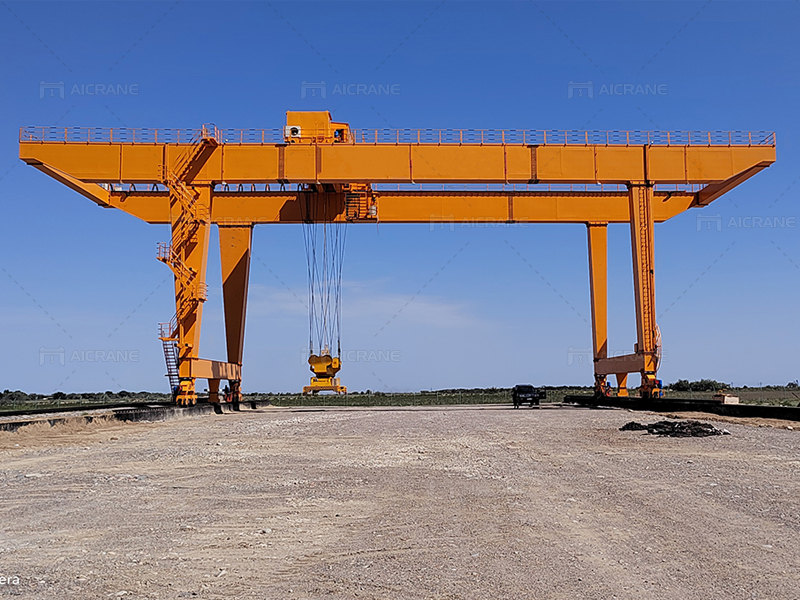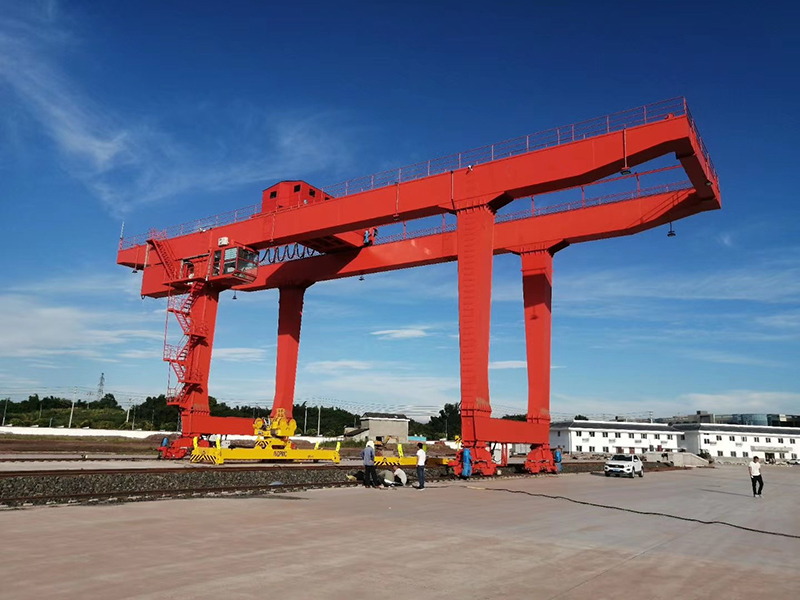Container handling is a crucial aspect of many industries, especially those involved in shipping, logistics, and manufacturing. Gantry cranes play a pivotal role in simplifying and expediting container movement within these industries. Selecting the appropriate gantry crane for container handling is a critical decision that can significantly impact operational efficiency, safety, and overall productivity. In this article, we will discuss key factors to consider when choosing a gantry crane for container handling.

Weight Capacity:
One of the primary considerations when selecting a gantry crane for container handling is its weight capacity. Different containers come in various sizes and weights, ranging from standard 20-foot containers to larger 40-foot containers. Ensure that the gantry crane’s weight capacity aligns with the heaviest load you anticipate handling. It’s advisable to choose a crane with a slightly higher capacity than your maximum load to account for any potential future increases in cargo size.
Span and Height Requirements:
The span and height of the gantry crane are crucial factors that depend on the layout of your facility and the specific requirements of your container handling operations. Consider the layout of your storage yard and the height of container stacks. The crane’s span should be sufficient to cover the width of the containers, and its height should accommodate the maximum stacking height in your facility. Optimal span and height configurations contribute to efficient and safe container handling operations.
Operational Environment:
The operational environment plays a significant role in determining the type of gantry crane suitable for container handling. If your facility is exposed to harsh weather conditions, such as strong winds or heavy rain, you may need a crane with additional structural reinforcements for stability. Similarly, if the crane will operate in corrosive environments, selecting a crane with corrosion-resistant materials is essential for longevity and performance.

Mobility and Portability:
Depending on the layout of your facility and the frequency of container movements, you may need a gantry crane with specific mobility features. Some cranes are fixed, while others are mobile or semi-mobile. Mobile gantry cranes offer flexibility in moving from one location to another within the facility, providing versatility in container handling operations. Consider the space available and the need for crane mobility when making your decision.
Power Source:
The power source of the gantry crane is another critical consideration. Gantry cranes can be powered by electricity or diesel, each with its own set of advantages and disadvantages. Electric cranes are often preferred for indoor use due to their cleaner operation and lower maintenance requirements. On the other hand, diesel-powered cranes are suitable for outdoor applications and locations where access to electricity may be limited. Evaluate your facility’s power sources and environmental regulations when choosing between electric and diesel gantry cranes.
Automation and Technology Integration:
In the era of Industry 4.0, automation and technology integration are becoming increasingly important in optimizing container handling processes. Some gantry cranes come equipped with advanced features such as automation, remote control, and sensor technology. These features can enhance precision, reduce human error, and improve overall efficiency. Evaluate the level of automation and technology integration that aligns with your operational needs and budget constraints.
Safety Features:
Safety is paramount in any material handling operation, and gantry cranes for container handling are no exception. Look for cranes equipped with safety features such as overload protection, emergency stop buttons, and collision avoidance systems. Additionally, consider the availability of operator training programs to ensure that personnel are well-trained in safe crane operation.
Conclusion:
Choosing the right gantry crane for container handling is a complex decision that requires careful consideration of various factors. By assessing weight capacity, span and height requirements, operational environment, mobility, power source, automation features, and safety aspects, you can make an informed decision that aligns with your facility’s specific needs. Investing time in selecting the appropriate gantry crane will not only enhance container handling efficiency but also contribute to a safer and more productive work environment. To learn more, visit https://steelmillcranes.com/